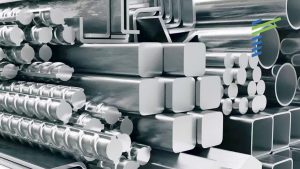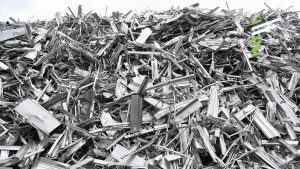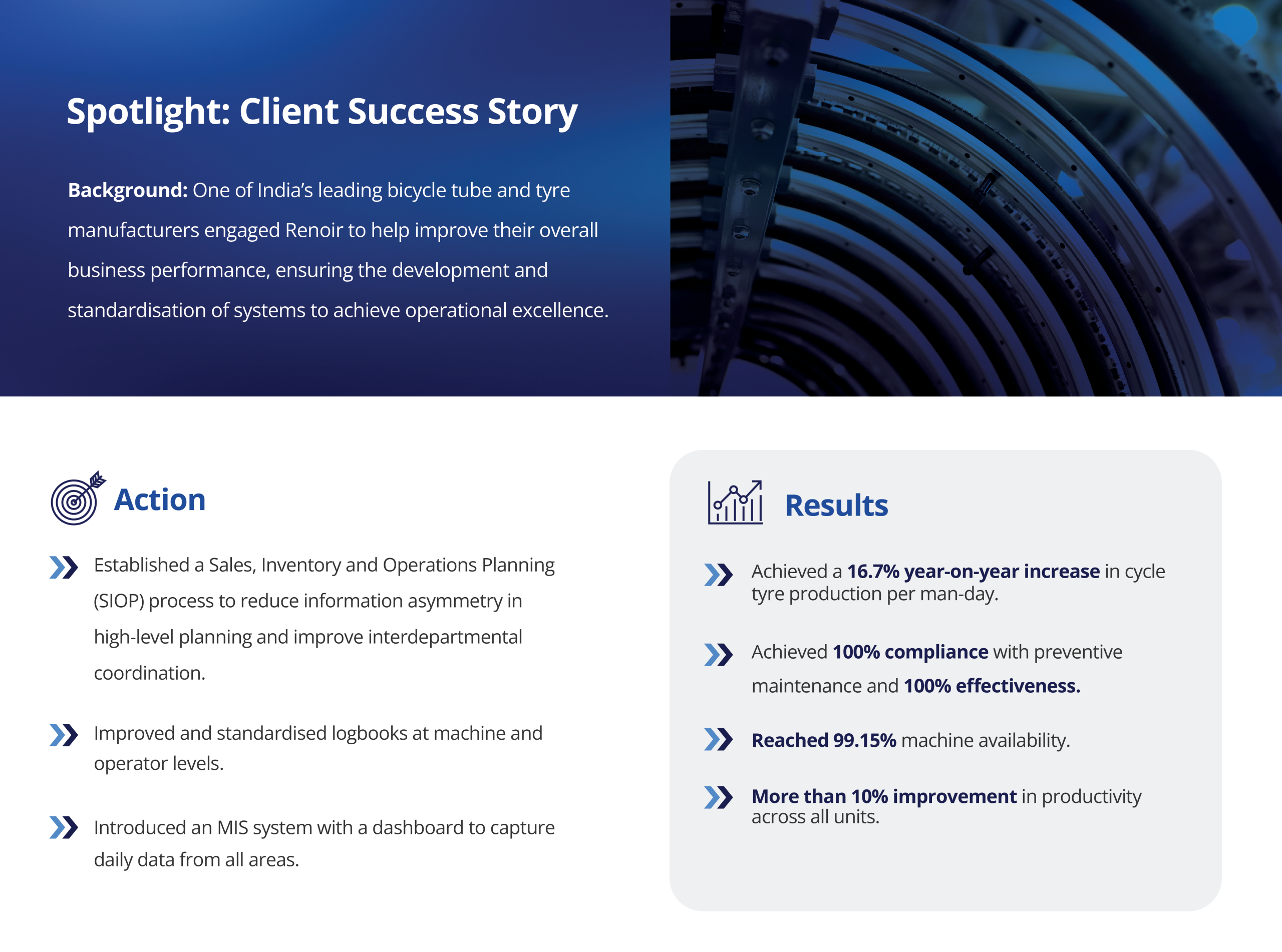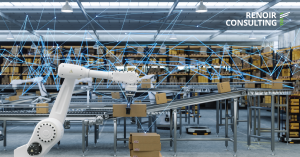A significant portion of India’s manufacturing base still relies on decades-old legacy systems. However, these legacy systems are often viewed unfavourably due to their outdated software applications and technologies. As a result, these Indian manufacturers report difficulties in achieving digital manufacturing excellence, largely due to the limitations of these obsolete systems.
A significant challenge is a limited understanding of automation needs, which makes it difficult to specify and acquire appropriate technologies. Retrofitting older systems is not necessarily the best solution, given that many operations remain fully manual and lack the essential digital foundation.
Why Legacy Systems Persist
Indian manufacturers continue to rely on legacy systems because of the substantial initial investment made when these systems were first implemented. They are also worried about disruption to their day-to-day operations during the migration.
Moving to newer technologies requires a new skill set that may not be available within the company. Although India has a large labour pool, there is a shortage of skilled workers to manage or maintain advanced digital systems.
The Missed Opportunity and How to Modernise It
The first step towards digital manufacturing excellence needs to begin with automated data collection. Dependence on legacy systems, including manual data collection methods, means your firm is missing out on the benefits of automated data collection.
A critical benefit of this technology is that it frees up employees’ time from arduous data entry tasks, allowing them to focus on high-value work. To resolve these issues, here are approaches for a successful modernisation:
1. Improve Digital Data Visibility and Performance Monitoring
Modernising legacy systems means transforming manual operations into data-driven processes. This can be achieved by deploying digital dashboards and reporting tools that provide instant insight into critical performance indicators (KPIs), such as overall equipment effectiveness (OEE), production output and quality.
Complement these tools with systematic reviews and analyses of performance data at various intervals to identify deviations, trends, and underlying causes, driving continuous improvement. Finally, implement automated data collection and integration mechanisms to feed information directly from machines and processes into these reporting systems.
These initiatives improve accuracy and speed up the flow of information. This enables prompt corrective action to prevent downtime and ensure smoother operations.

Manufacturing ERP software compliance soars with MCS system

Removing Supply Chain Inefficiencies for Enhanced Performance


Better sourcing and procurement for cost savings: Case study
Ready for a change in your organisation?
2. Streamline Processes and Optimise Resource Utilisation
Legacy systems often have inefficient and fragmented processes, as well as sub-optimal resource allocation. To solve this problem, implement advanced planning and scheduling systems that consider true lead times, capacity constraints and material availability, improving predictability and reducing delays. You should also redesign and standardise core operational processes to eliminate non-value-adding activities.
Finally, implement digitised inventory management and material traceability systems to ensure optimal stock levels and improve visibility across the supply chain. This will help to balance supply and demand effectively, avoiding overproduction or shortages.
3. Foster Digital Acumen and a Proactive, Continuous Improvement Culture
A successful digital transformation depends on the people using the systems and a culture that embraces change and continuous improvement. It is therefore important to embed new digital tools and behaviours through consistent review and auditing, demonstrating visible leadership commitment to ensure sustainability.
Where necessary, provide training and coaching on new digital systems, tools, and analytical skills for data-driven decision-making at all levels of the organisation. In the long term, this could enhance employees’ data literacy and analytical capabilities, enabling them to make informed decisions based on real-time insights.

Read more about this case study here
Renoir has extensive experience in modernising legacy systems and leading digital transformation initiatives across a range of industries. We consistently deploy Management Control Systems (MCS), digital dashboards, and automated data collection tools to enhance data visibility, streamline processes, and enable data-driven decision-making. We have completed more than 200 projects involving the upgrade of IT systems or the modernisation of management control and reporting systems.
Transform your legacy systems now to unlock manufacturing excellence










